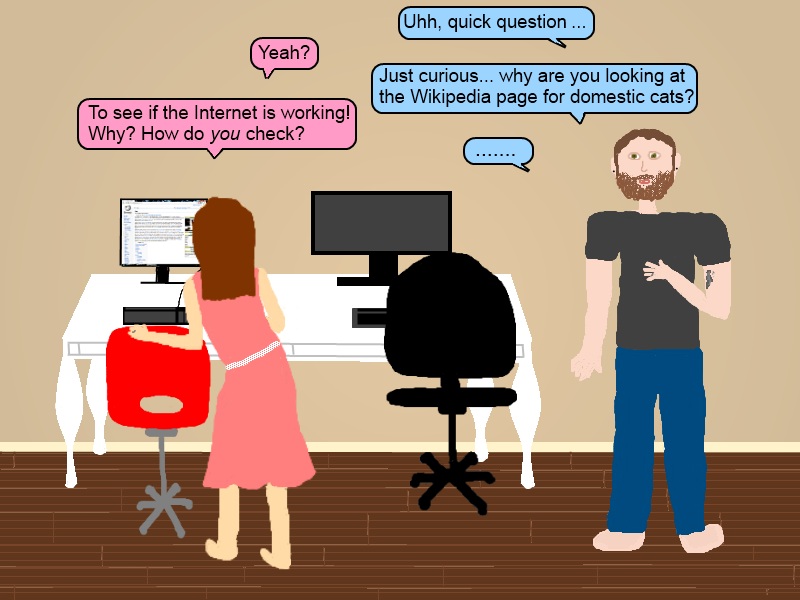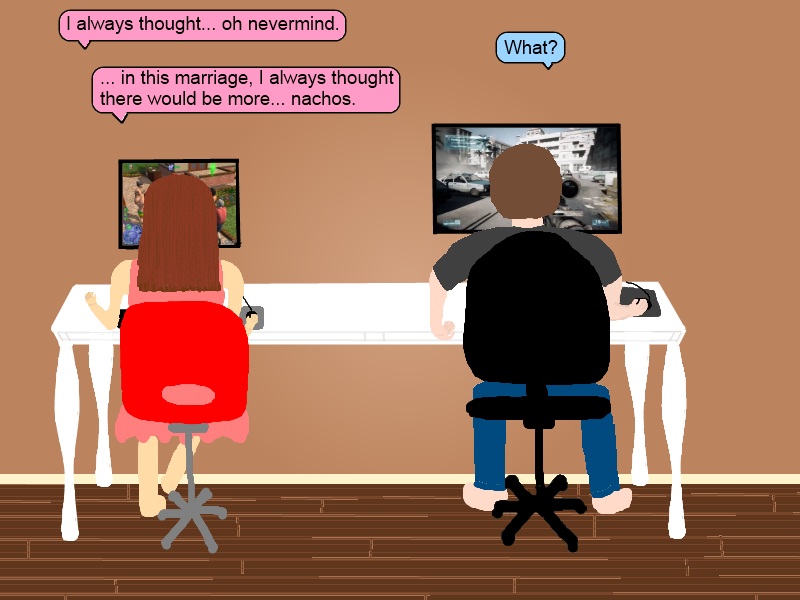Based on an actual event.
Marriage
Marriage Expectations
Gender Dynamics in Austen’s “Pride and Prejudice” and Eliot’s “Adam Bede”
Jane Austen’s Pride and Prejudice and George Eliot’s Adam Bede seem different on the surface. While Austen’s novel provides a voyeuristic view into the trivial concerns of the idle upper class in Regency England, Eliot’s novel delves in to the dark consequences of Murphy’s Law for the working class of rural Regency England. However, both novels explore the universal fundamentals of what it means to be a man or a woman in the pre-Victorian time period. Though these two novels differ in the level of autonomy granted to the female characters, the consequences of failing to marry and their depiction of strongly defined gender roles, they similarly show female characters that choose their own spouses, maintain a similar societal view of spinsters and work with the same social constructs of gender. The differences shown between the women of different realms of society belonging to the same time period, along with the similarities between the conventions governing the interactions between men and women in both Austen’s Pride and Prejudice and Eliot’s Adam Bede result in two novels that conform to the standard drama of the sexes. Neither of the two novels substantially deviates from the constant that requires a plot involving a relationship between two or more members of the opposite gender to explore gender roles, cast a critical glance at the society the characters exist in and address the repercussions that result from a character deviating from the rules of society. This paper will primarily compare and contrast the characters of Elizabeth Bennet and Mr. Fitzwilliam Darcy in Pride and Prejudice with the characters of Adam Bede and Dinah Morris in Adam Bede. Continue reading
The Modern Accomplished Woman
In the days of Jane Austen, a young woman was defined by her accomplishments. In order to win a husband, a woman must know how to play the harp or pianoforte, draw or paint a picturesque scene, read French and Italian, sew, dance, dress well, speak eloquently and write with a clear and hand. These many skills were appreciated by prospective husbands as they thought that an accomplished wife would be good at caring for him and entertaining his friends, although she frequently quitted them after the goal was achieved. Today however, young women seek accomplishments as a way to build life skills and arm themselves for the battle of equality. If a modern woman wishes to be respected by both genders in the modern world she must have a university education, financial independence, basic table manners, a satisfactory level of physical fitness, a want and ability to deliver her opinion confidently and have control over her emotions (one must never cry at work). Bonus accomplishments include knowing how to cook and complete basic home, car and computer maintenance. A woman is expected to be able to take care of herself; therefore, she typically continues exercising and attaining accomplishments after she is married. On first inspection, the times seem to have changed quite a bit, though women still see an importance in being accomplished, they value different sorts of accomplishment, work for different goals and set different end points for learning and using their skills. However, we do still bear a resemblance to our Regency Era counterparts; we both prize self improvement through education, and self control through etiquette for the purpose of presenting ourselves well to society. Continue reading


